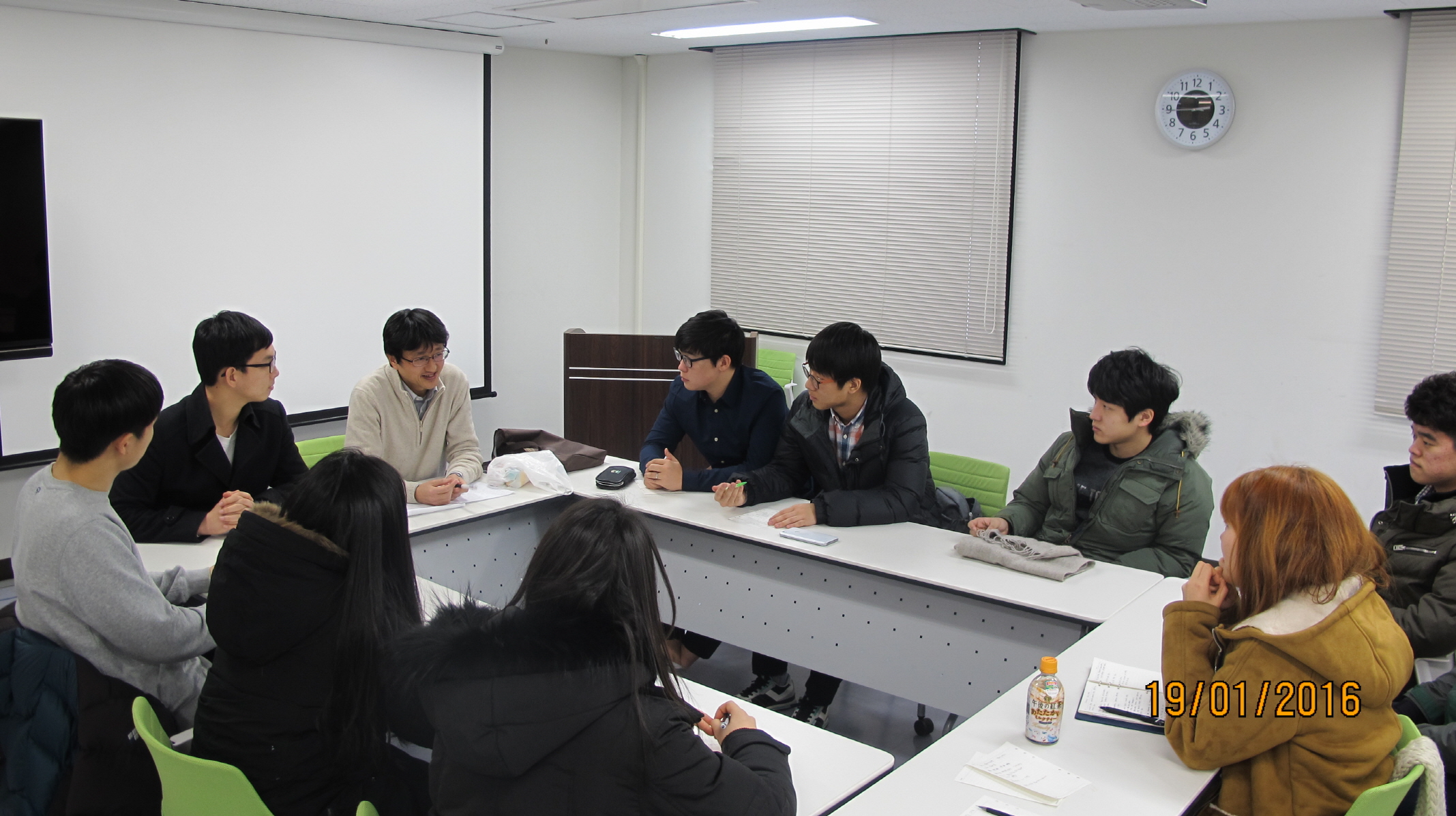

Some articles criticize Korean research environment saying that national institutes and corporations support only profitable researches. The Postech Times questioned how Japanese research funding is different than Korea’s. Professor Kimura mentioned two agencies that demand Research & Development (R&D) in Japan. One is Japan Science and Technology Agency (JST), and another one is Japanese Science Promotion Society (JSPS). JST tends to support the research about the application of science. On the other hand, JSPS usually supports the pure science research. Japan has a specific agency that supports the pure science research, which is considered relatively less profitable. Then he also mentioned the Institute for Basic Science (IBS) in Korea, and said Korea also has a specific agency for basic science. However, according to websites of the two institutes, IBS supported 231.4 billion KRW (2014), and JSPS supported 133.1 billion JPY (2015). Considering exchange rate, JSPS’s support fund scale is about 6 times of IBS’s scale. Lastly, He added that corporation-operated R&D in Japan is also biased to practical research, and it is unavoidable phenomenon.
The Postech Times also asked Professor Kimura’s opinion about the desirable method of research, considering the Japanese craftsmanship of research. He explained that a research theme descended down from generation to generation would not be a perfect solution. He provided several examples of Nobel Prize winners who created their own research fields and concluded that Nobel Prize winners from Japan came from various type of research, not only inherited from upper generations. Surprisingly, he pointed out that currently the number of Japanese papers is decreasing, and said he is worried for the future of the Japanese science society. He emphasized that current Japan’s scientific accomplishment is the result of past decades’ national support. It implies the future innovative research comes from the steady inputs of our day, even though it looks non-profitable now.
Therefore, it is too early to directly compare Korea and Japan, because there’s a big time gap between the two countries’ research support policy. Japanese first Nobel Prize winner was produced in 1949, and Japan’s calculated research policy started around that period. Professor Kimura mentioned that Japanese Nobel Prize winners’ accomplishment is not done within a short period. Their researches were conducted throughout the long-term national investment. Continuous support and care for a scientific community like what Japan has created is strongly needed for the future Korean Nobel Prize winner and the development of the Korean science society.
The Education system
In Japan, the education of university is an important part of getting a job. Japan’s universities aim to make people become cultured and have a professional ability, mainly with academic activity. The Postech Times asked some questions to Professor Tsuyoshi Kimura to know unique properties of Japanese universities’ education system. He answered the questions focusing on Osaka University.
Unlike POSTECH, Japan’s universities have more textbooks with their own language. Some books are in English, but others are in Japanese. Prof. Tsuyoshi Kimura said that some books are translated into Japanese well and sometimes even Japanese authors write the books. Universities in Japan try to use this kind of books because they can help their students understand the meaning of contents exactly. Also, he said that Japanese universities have a tendency to stress on the theory. However, he said that books in Japanese have some mistranslations so some try to use the word itself in English. Also, the universities check the meaning of contents in the books repeatedly and try to improve the students’ understanding.
In Osaka University, there are fewer lectures in English than in Korean universities. Especially, undergraduates can hardly take a class in English; however, they can take it in the graduate course. Mostly, foreign students should take an exam for Japanese to enter the university and most students learn Japanese for half of one semester and adapt to the university in Japan.
Prof. Tsuyoshi Kimura also explained about graduate school in Osaka University. According to his comments, more students in university study for the master’s course, rather than getting a job soon after graduating from university. However, unlike POSTECH, there are fewer students who study for the PhD course, because it does not have much benefit compared to the master’s course. In graduate course, there are 2 or 3 students in each grade, a total of about 10 students study for a graduate course under one professor. Professors, associate professors, and assistant professors usually conduct similar research, and 4 to 6 students enter this kind of laboratory per year. Unlike Korea, universities in Japan do not use GPA for evaluating students who want to enter graduate school. Instead of GPA, students should take an exam for entering. This exam is taken in the summer of the senior year and sample questions from previous exams are uploaded on the homepage.
ž†ÄžěĎÍ∂Ćžěź © ŪŹ¨Ūē≠Í≥ĶŽĆĞ膎¨ł Ž¨īŽč®ž†Ąžě¨ ŽįŹ žě¨ŽįįŪŹ¨ ÍłąžßÄ


